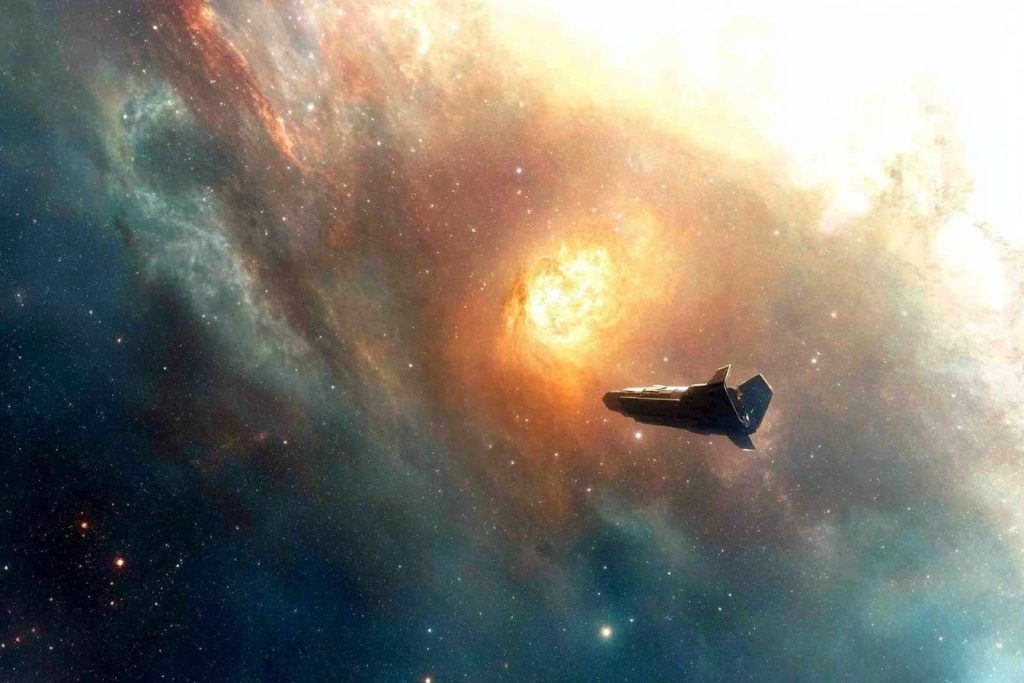
Space is vast, beautiful—and sometimes utterly baffling. For every answer astronomers uncover, new questions emerge that ignite debates among scientists, skeptics, and dreamers alike. From mysterious signals to unexplained anomalies in planetary behavior, these space discoveries continue to fuel controversy long after their initial findings. The cosmos may hold secrets we’re not ready to understand—or perhaps never will.
The “Alien” Signal from Proxima Centauri
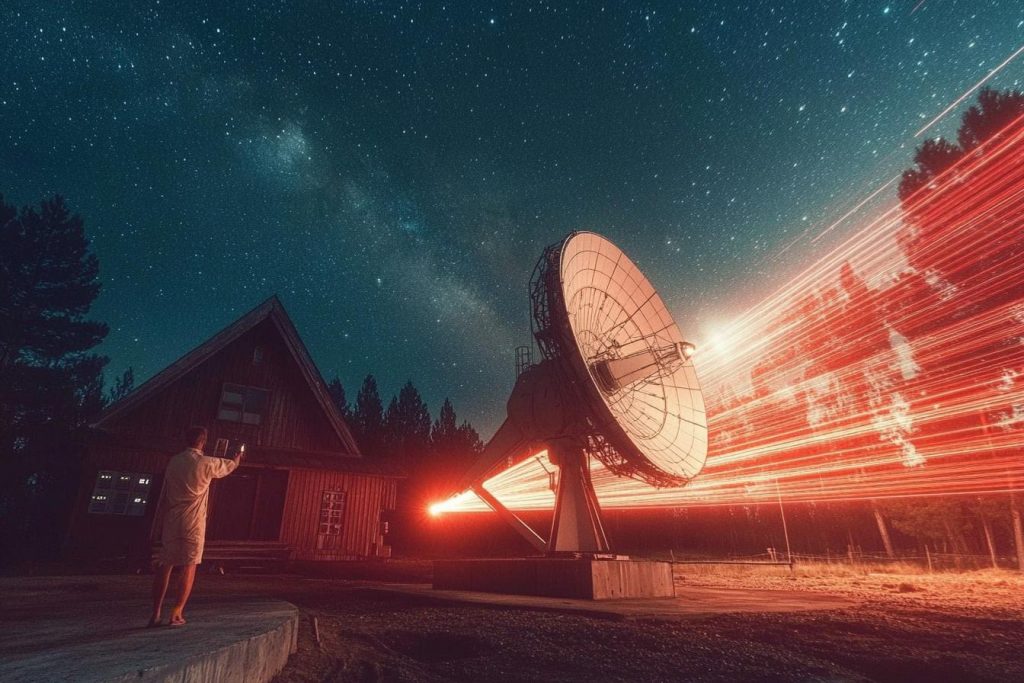
In 2020, astronomers detected a narrow-band radio signal coming from the direction of Proxima Centauri, a star system just over four light-years away. The signal, dubbed BLC1, had characteristics that led some to speculate about extraterrestrial origins. While further analysis suggested it may have been Earth-based interference, the excitement it sparked continues to stir debate. Was it just noise—or a call from intelligent life?
Dark Matter’s Elusive Nature
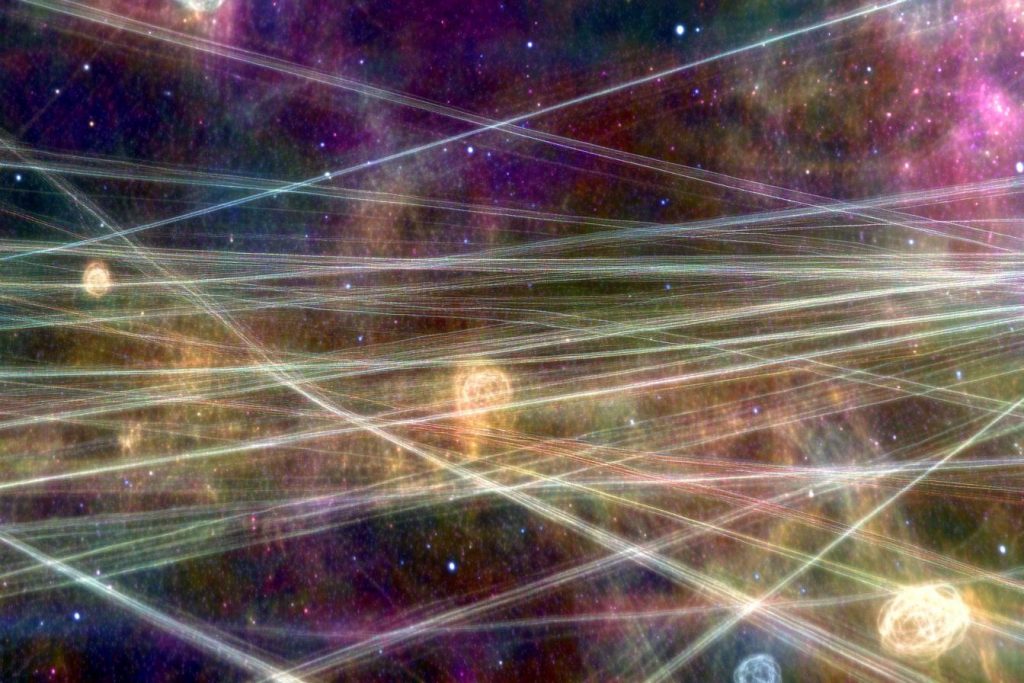
Physicists agree that dark matter exists because of its gravitational effects, but no one has actually seen or directly detected it. Decades of experiments have failed to identify what dark matter is made of, and some researchers have even questioned whether it exists at all. Alternate theories like modified gravity challenge the mainstream view. The mystery remains one of the most hotly contested in modern astrophysics.
Oumuamua: Interstellar Visitor or Alien Probe?
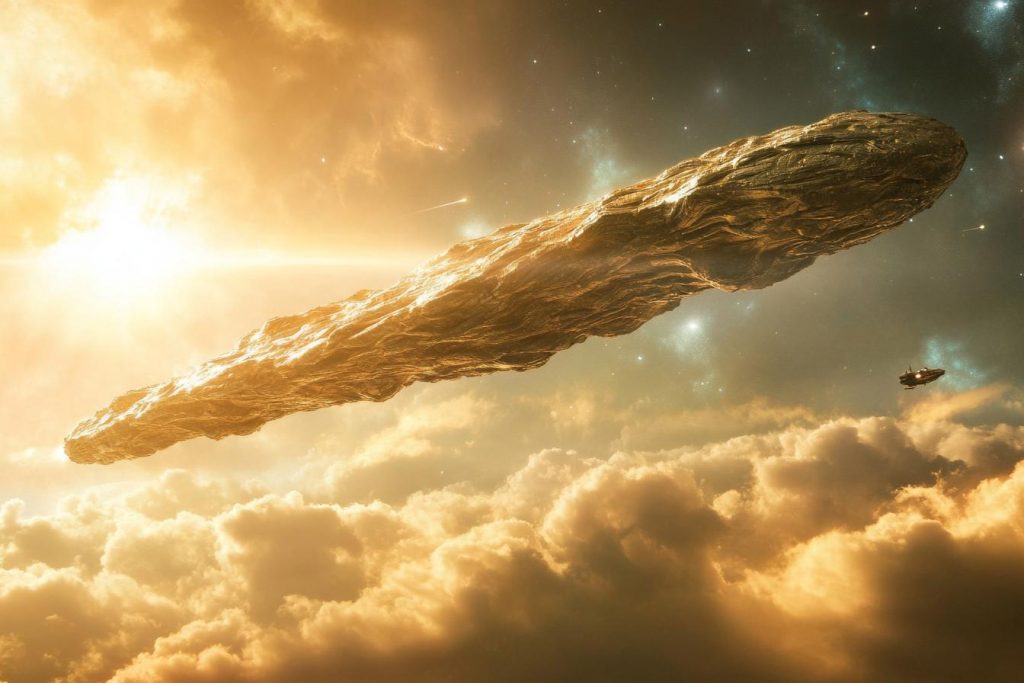
When the cigar-shaped object known as ‘Oumuamua passed through our solar system in 2017, it became the first confirmed interstellar visitor. Its strange shape, acceleration patterns, and lack of a visible tail left scientists scrambling for explanations. Some proposed it was a natural object with unusual properties, while others, including Harvard astronomer Avi Loeb, suggested it might be alien technology. The debate is far from over.
The Great Mars Methane Mystery
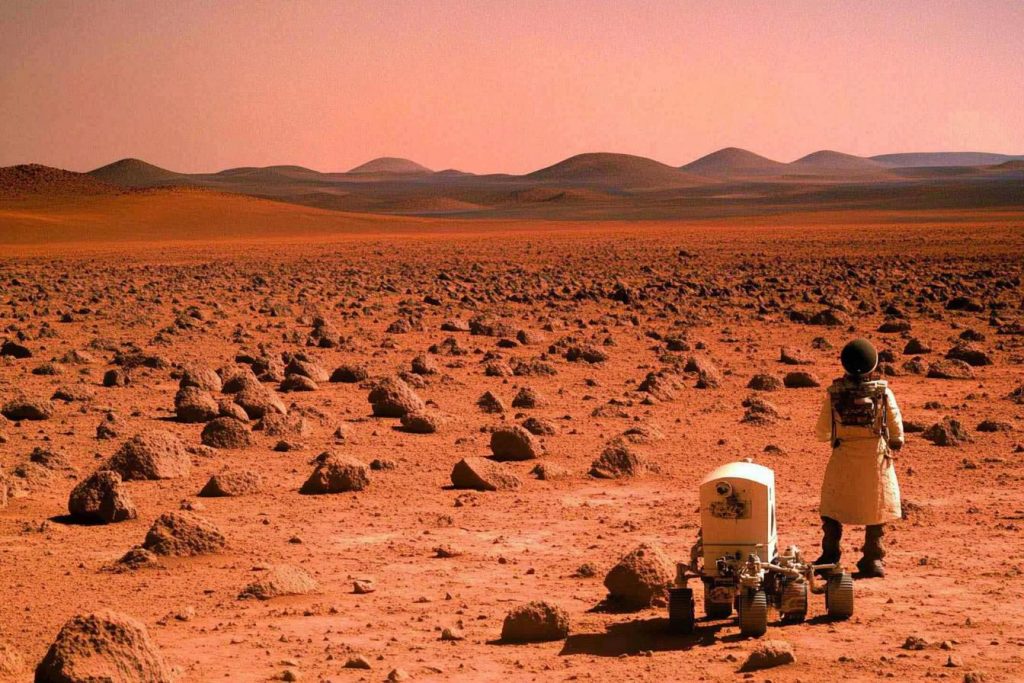
Methane levels on Mars fluctuate in ways scientists can’t fully explain. Since methane can be produced by both geological and biological processes, its presence has sparked speculation about life on the Red Planet. NASA’s Curiosity rover has recorded spikes that later disappear, confusing researchers. The inconsistency has made it one of the most contentious ongoing space puzzles.
Fermi Paradox: Where Is Everybody?

Given the vast number of stars and potentially habitable planets in the universe, why haven’t we found evidence of intelligent extraterrestrial life? This question, known as the Fermi Paradox, continues to divide scientists and philosophers. Some argue that alien civilizations self-destruct before reaching us, while others believe we’re simply not looking the right way. The lack of contact raises unsettling possibilities about our place in the cosmos.
The Unexplainable Behavior of Tabby’s Star

Tabby’s Star, also known as KIC 8462852, has baffled astronomers with its bizarre, irregular dimming patterns. Some dips in brightness are so extreme that natural explanations—like dust clouds or asteroid swarms—fall short. This led to speculation about possible “alien megastructures” orbiting the star. Though most scientists reject the extraterrestrial theory, no consensus has been reached on what’s truly happening.
The Strange Axis of Evil
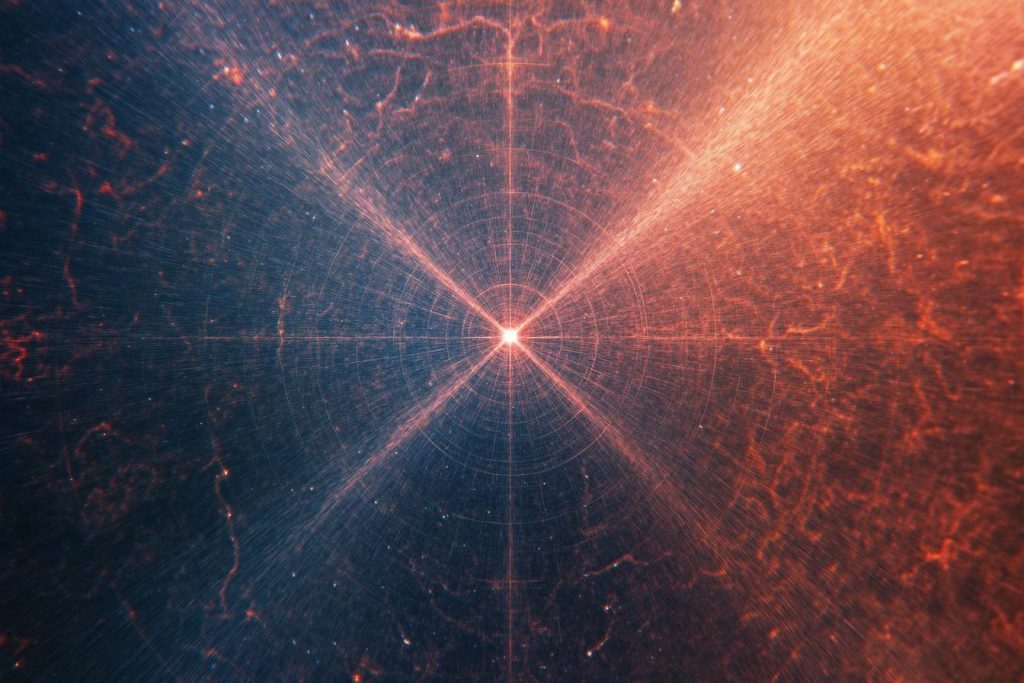
Cosmic microwave background radiation—the afterglow of the Big Bang—should be random and uniform. Yet researchers have found an unexpected alignment in this radiation, eerily dubbed the “Axis of Evil.” This anomaly challenges the standard model of cosmology and suggests something might be off with our understanding of the universe’s structure. Some argue it’s a data glitch, while others think it could point to something deeply profound.
Venus’ Phantom Biosignatures
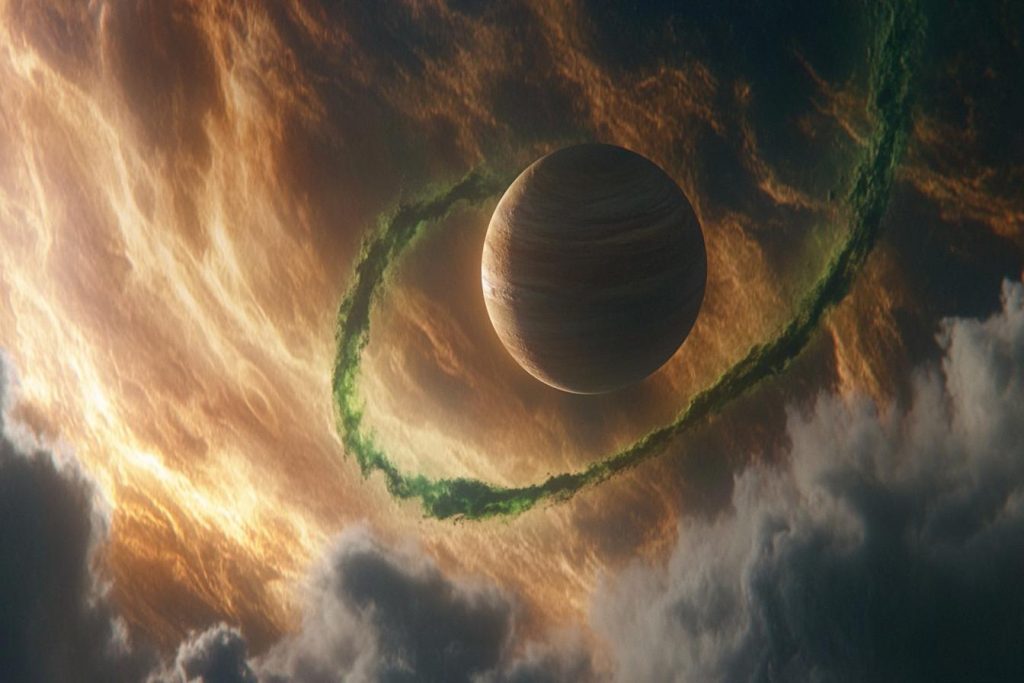
In 2020, scientists announced they had detected phosphine in Venus’ atmosphere—a chemical that, on Earth, is linked to biological processes. The finding reignited discussions about potential microbial life on Venus. Later re-analyses cast doubt on the discovery, questioning whether the phosphine was real or a data artifact. The incident left a trail of controversy and scientific soul-searching in its wake.
Planet Nine: Ghost Planet or Miscalculation?
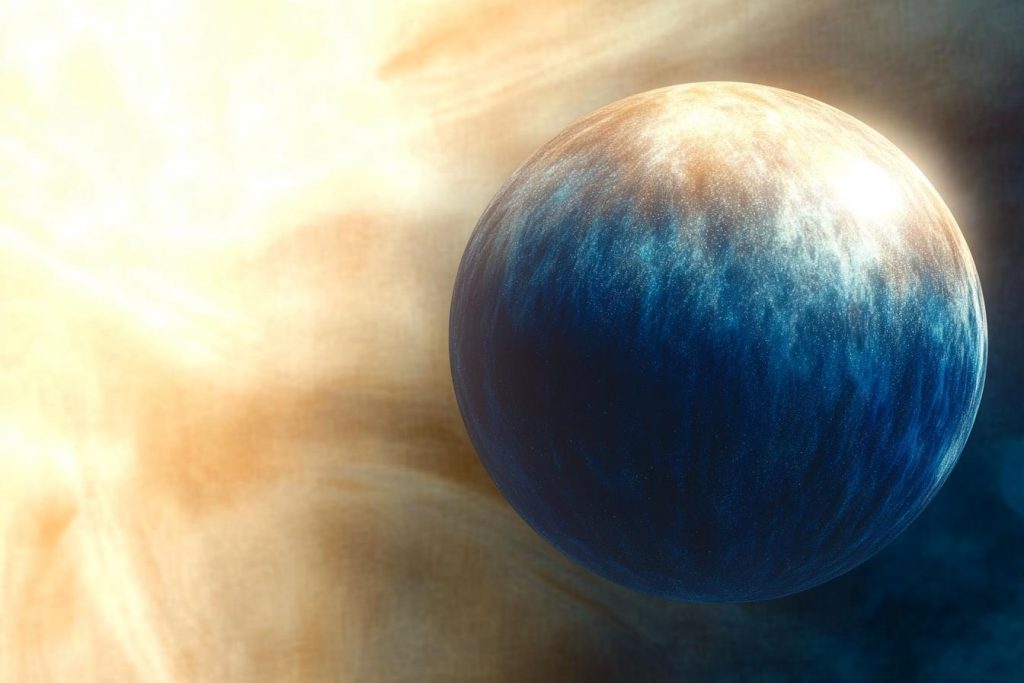
Mathematical models suggest a giant, unseen planet may be lurking in the far reaches of our solar system. Dubbed Planet Nine, its existence is inferred by the odd orbits of trans-Neptunian objects. Despite numerous searches, no direct observation has confirmed its presence. Some scientists remain convinced, while others believe the anomalies could be explained without invoking a hidden world.
Time-Bending Particles Over Antarctica

In a baffling series of observations, high-energy particles were found emerging from Earth’s surface over Antarctica—seemingly traveling backward in time. Detected by NASA’s ANITA experiment, the particles defied the known laws of physics. While alternative explanations include instrument errors or exotic neutrinos, some researchers proposed bold theories involving parallel universes. The scientific community remains divided on what really happened.
The Moon’s Hollow Theory Revisited
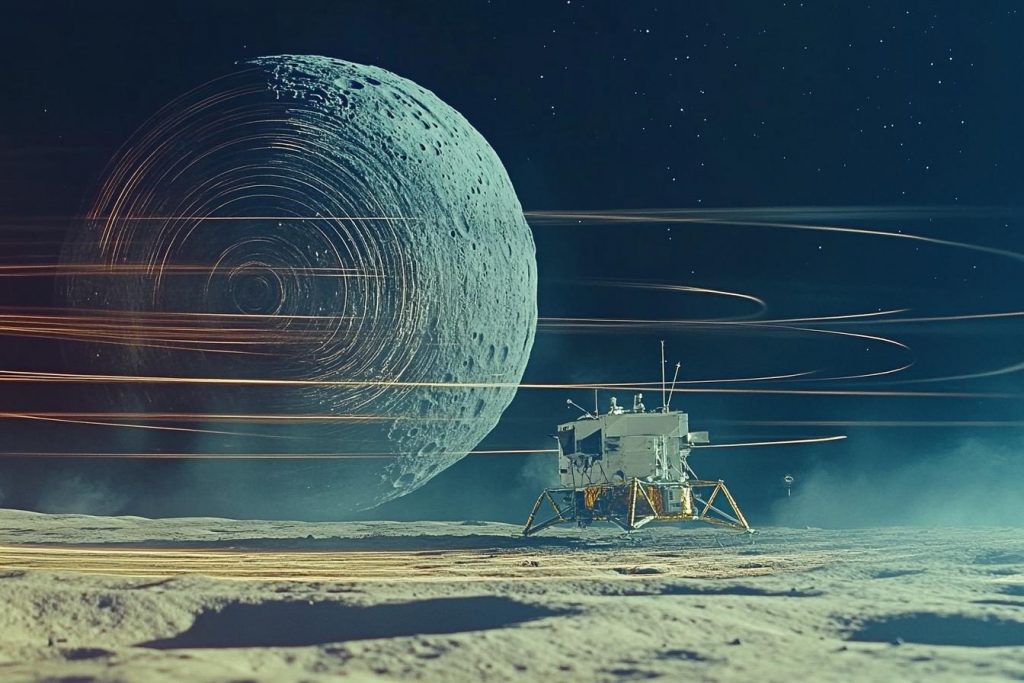
Seismic data collected during the Apollo missions led to strange findings: the Moon “rang like a bell” when impacted, suggesting an unusual interior structure. Some took this as evidence that the Moon might be hollow—or at least geologically unique. Mainstream scientists attribute the phenomenon to its fractured crust, but fringe theories about artificial origins still persist. The Moon remains full of unanswered questions.
Beyond the Telescope’s Reach
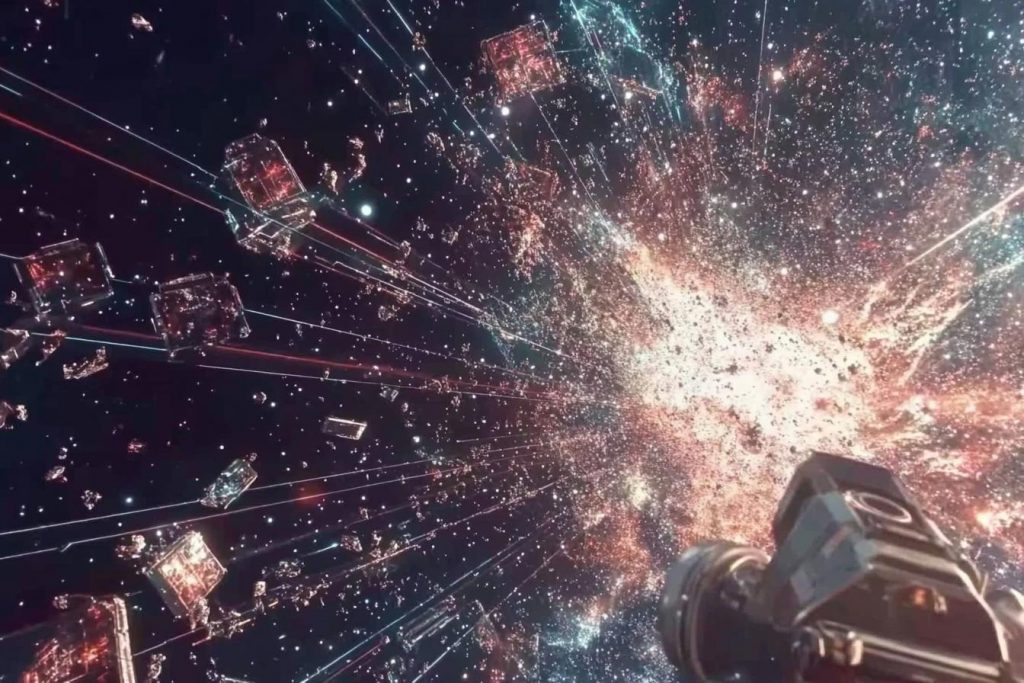
As we peer deeper into the cosmos, we’re often left with more questions than answers. These discoveries challenge the very foundations of astronomy, physics, and even our understanding of reality. Whether they turn out to be errors, extraordinary truths, or something in between, they remind us that space is far stranger than we ever imagined. And perhaps the most controversial discoveries are still to come.





